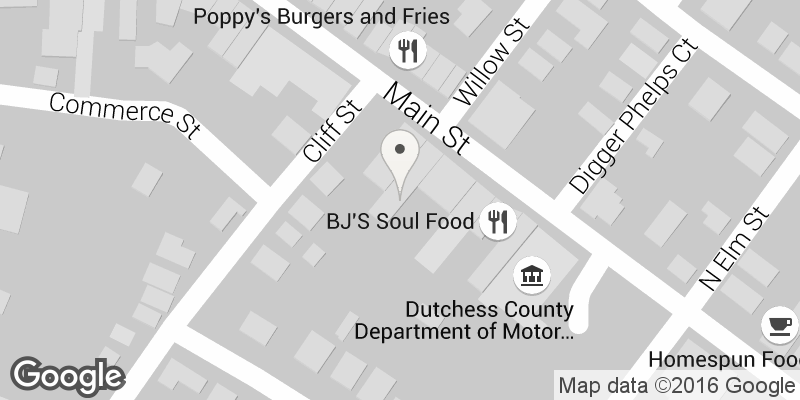This Watermark post was originally composed by Clarkson University student Benjamin D. Stone for Biological Systems & Global Environmental Change taught by Dr. Tom Langen. Mr. Stone is an environmental health major who will graduate in Spring 2016.

The Round Goby is one of the most harmful invasive species that is inflicting damage on ecosystems in the Great Lakes and surrounding water bodies. Via Lake Scientist
Each day, during shipping season, hundreds of large national and international ships travel west into the St. Lawrence River and onto the Great Lakes from the Atlantic Ocean (Seaway Fact Sheet). Most carry large loads and require ballast water to balance them to avoid capsizing. When the load is removed at port, the ballast is dumped into the lake, inadvertently introducing non-native organisms into the Great Lakes system.
These species include the round goby, sea lamprey, alewife, and zebra mussels. Invasions of exotic species or non-native species can cause environmental problems. This has led to the enactment of ballast water regulations that help prevent further invasions, and to the creation of the Great Lakes Seaway Water Working Group (GLSBWWG). The group is comprised of the US Coast Guard, St. Lawrence Seaway Development Corporation, Transport Canada – Marine Safety & Security, and the Canadian St. Lawrence Seaway Management Corporation (2013, Great Lakes Seaway BWW Group)


